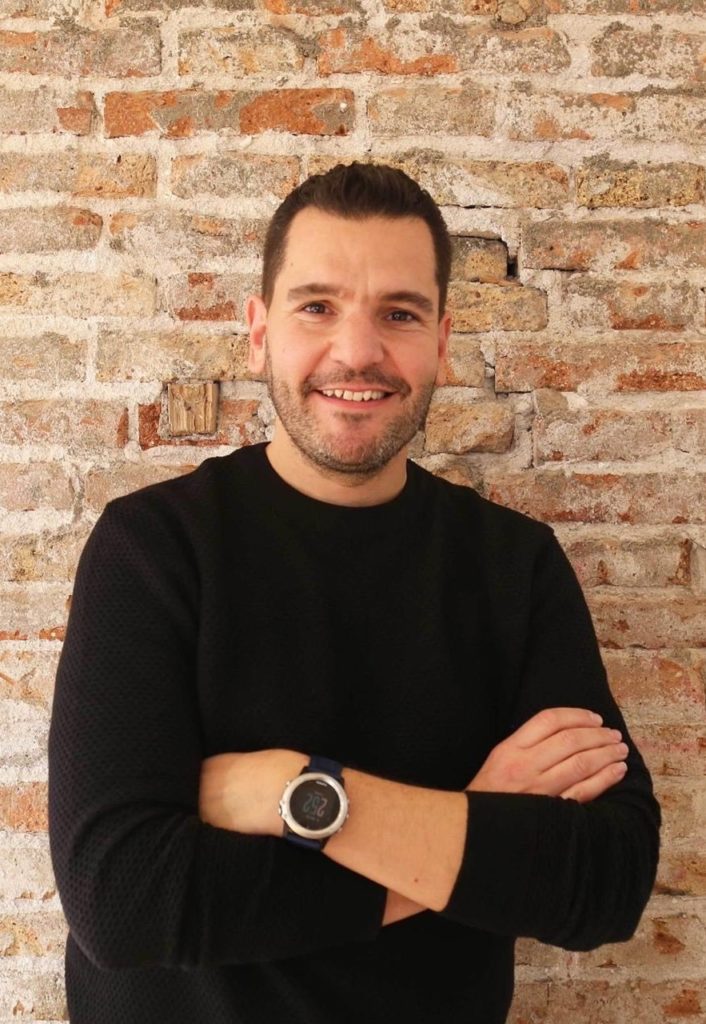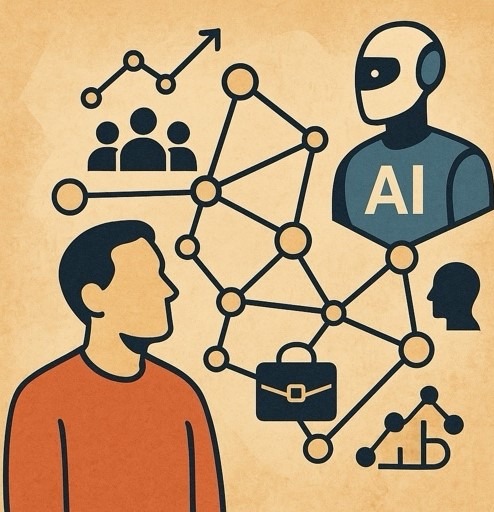
How AI is Transforming HR & Talent Strategies: A Conversation with Manel Bernal

Manel Bernal, Executive HR & Business Leader, shares his insights on how AI is reshaping the future of HR and Talent Acquisition. Join us in this conversation to examine the changing relationship between AI and HR and what it means for the future of work.
Hello Manel, thank you for being with us and for sharing your experience in our 6th edition of Talent-R Tech Talks. First, we know that you’ve seen how AI is changing industries. In the next five years, how do you think AI will impact human resources, particularly in talent acquisition?
“Thank you for having me. From my perspective AI will massively change how we approach HR and talent acquisition. We’re already seeing platforms like Eightfold, Beamery, and SeekOut map skills and roles with a level of precision we simply didn’t have before. According to Mckinsey, organizations using AI in talent acquisition reduce time- to- hire by up to 40% while improving candidate fit. That means we can build strategies based on facts, not gut instinct. In recruitment, AI is automating repetitive tasks like sourcing, screening, and scheduling – and making outreach way more effective. Generative tools can now write personalized job descriptions and candidate messages in seconds.
But beyond efficiency, this shift is redefining the role of recruiters, instead of chasing CVs they’ll focus on connecting with people, telling our story, and shaping the experience. That’s where the real value is. It’s not about replacing HR – it’s about making it finally fit for purpose in a world that moves faster than ever”.
“When you’re managing complexity at that scale, speed and insight aren’t a luxury – they’re difference between losing a talent and keeping your organization together”
With your experience in restructuring and Mergers & Acquisitions, how do you see AI helping companies streamline HR operations during these transitions?
“In M&As, AI becomes a kind of control tower for HR. IBM has long used predictive analytics in post-merger talent integration, identifying at-risk roles and key talent with high accuracy. AI can help match roles, spot redundancies, and flag cultural misalignments early. Tools like Microsoft Viva Insights are already helping HR understand collaboration and workload patterns across newly combined teams”.

AI is already being used for tasks like writing job descriptions and analyzing employee engagement. In your opinion, what’s the most exciting AI application in HR right now?
“For me, it’s the idea of AI acting as 24/7 co-pilot – supporting both managers and employees. Oracle’s 2023 report found that 64% of employees would trust a robot more than their manager for career advice. That’s not about replacing empathy – it’s about consistent, helpful support. Companies like Unilever are already using chat-based onboarding assistants and coaching bots that give instant, tailored responses.
We’re also seeing AI recommend internal career paths, like Cigna’s internal talent marketplace, which suggests roles and development options based on skills and aspirations – not just hierarchy. Instead of spending time on admin, we can now focus on helping people grow, manage conflict better, and build teams that truly work. That’s what moves the needle”.
As a leader in organizational transformation, how do you think AI can support workforce retention strategies, especially in high- turnover industries?
“The real power of AI here is anticipation. Amazon and IBM have both used AI to predict flight risk with impressive accuracy – in IBM’s case reportedly up to 95%. That means we can act before someone starts checking job boards. AI tools analyze engagement data, team dynamics, learning activity, and even tone in messages – to surface early warning signs.
We’re also seeing a shift to proactive development. Schneider Electric and HSBC use internal mobility platforms that recommend lateral moves, mentors, and learning opportunities based on each employee’s profile. In high – turnover environments, that shift from reacting to preventing makes all the difference – because retention isn’t about luck, it’s about timing”.
How, in your opinion, can AI-powered solutions assist HR departments in overseeing significant mergers or restructurings while putting an emphais on employee retention and corporate culture?
“AI helps us understand how people are feeling while things are shifting. Real-time sentiment tools – like those by companies such as SAP and Salesforce – help HR track stress levels and morale trends across teams or regions. That helps us act early, not after the damage is done.
AI can also identify culture carriers – the people with informal influence – by analyzing collaboration networks and communication patterns. Microsoft’s Workplace Analytics has been used for exactly that during reorganizations. Bevause during transitions, people don’t just need information – they need to feel that someone is paying attention to what they’re experiencing”.
In terms of predictive analytics, particularly in identifying possible flight-risk employees early on, how might AI assist HR professionals?
“AI can alert us when someone might be thinking of leaving – by identifying patterns like reduced communication, disengagement, or a mismatch between skills and role. IBM saved nearly $300M by acting early on these signals, using AI to predict flight risk and proactively re-engage talent.
It’s not about surveillance – It’s about insight. When used responsibly these signals give managers and HR the context to have better conversations before it’s too late. That kind of visibility doesn’t just reduce surprise exits – it helps us design better workplaces from the inside out”.
And finally, do you think there’s a risk that AI could eventually replace some HR functions or will it always serve as complementary tool to human expertise?
“Some HR roles and tasks will definitely disappear or be reshaped. A Deloitte study found that 60% of HR leaders expect AI to automate many HR functions within five years. But that doesn’t mean HR disappears – it represents an evolution. We’ll need fewer people handling admin tasks and more people interpreting insights, leading change and designing better workplaces.
We’ll also see new roles emerge – from ethical oversight of algorithms to behavioral designers who translate data into action. HR will become kind of behavioral intelligence unit – not just tracking engagement, but shaping how people work, grow, and collaborate. Because at the end of the day, AI can tell us what’s happening – but it’s still people who decide what to do about it”.



